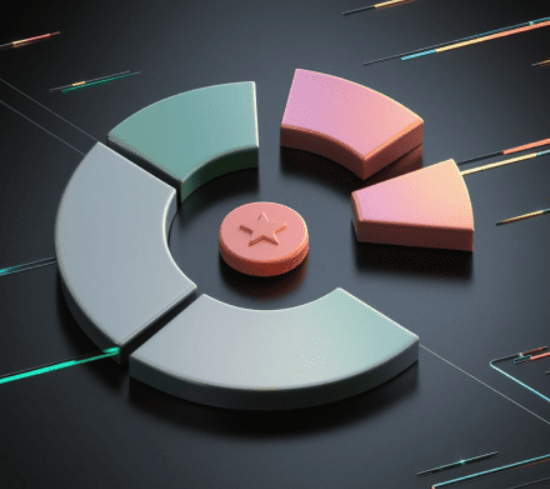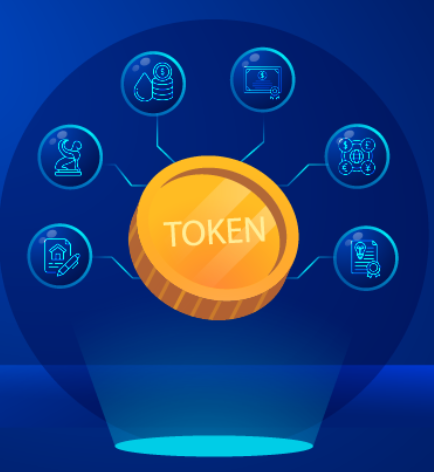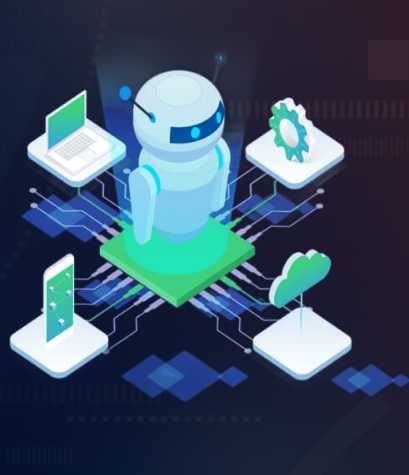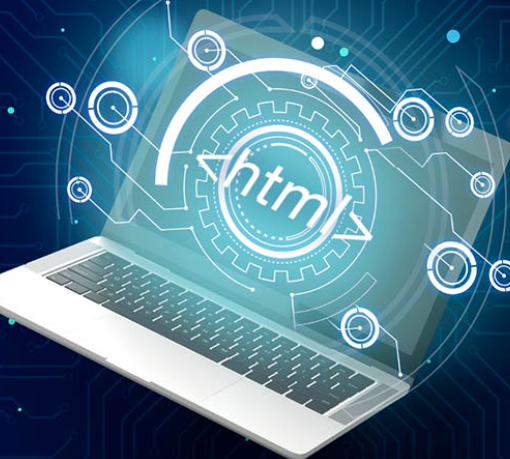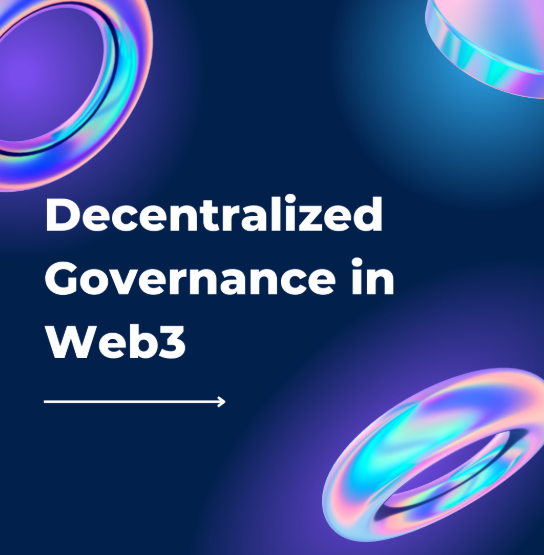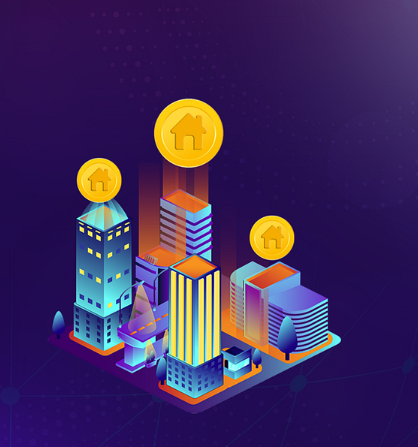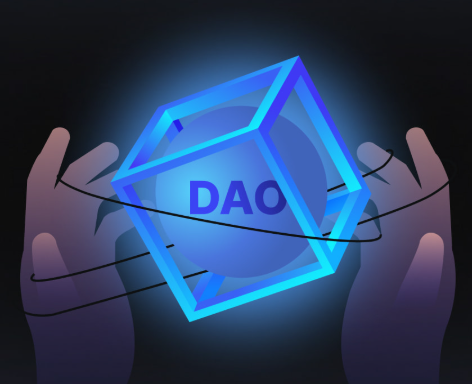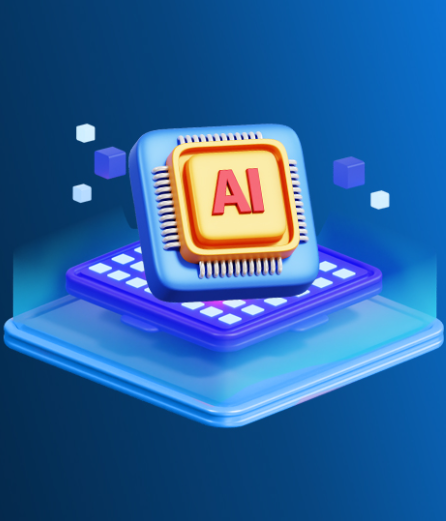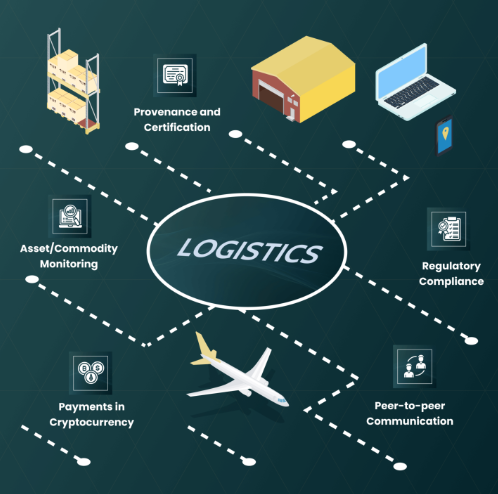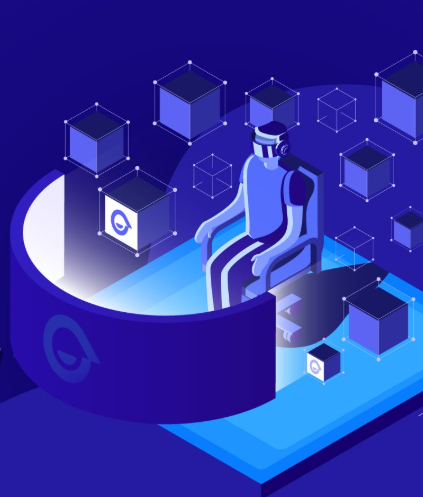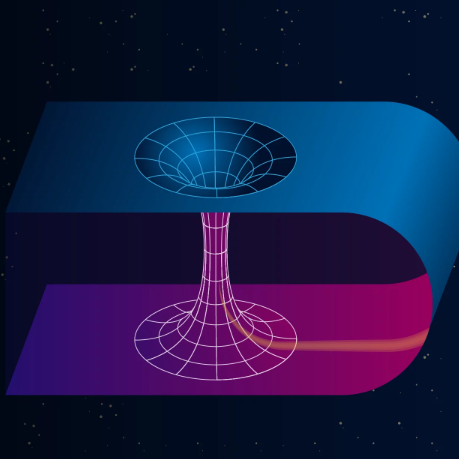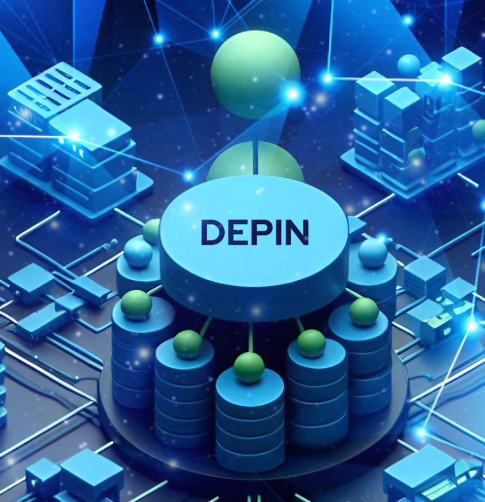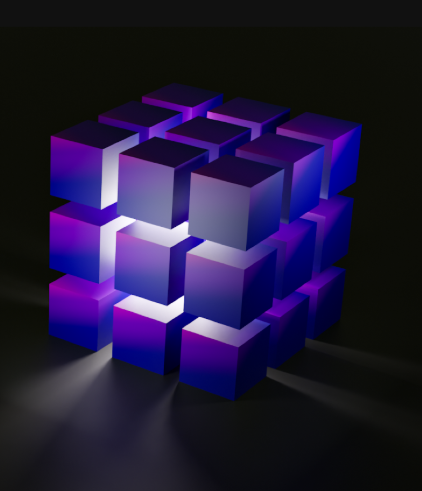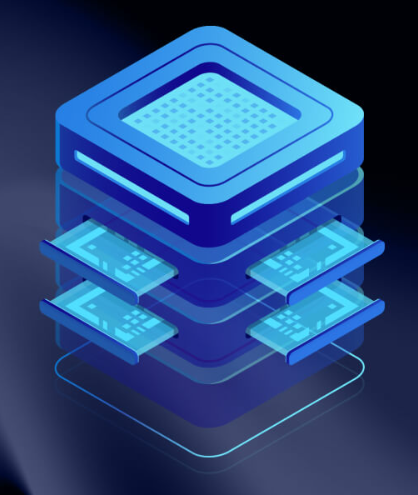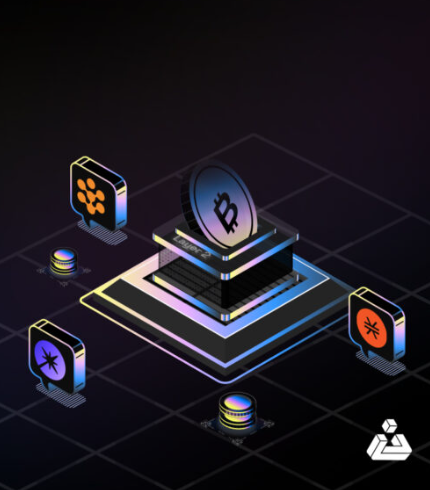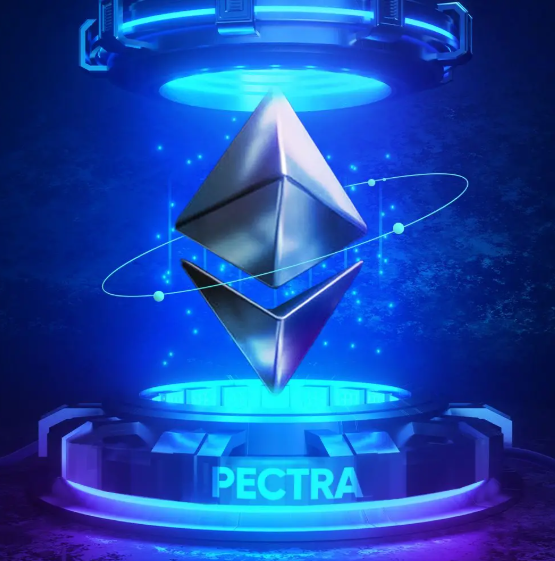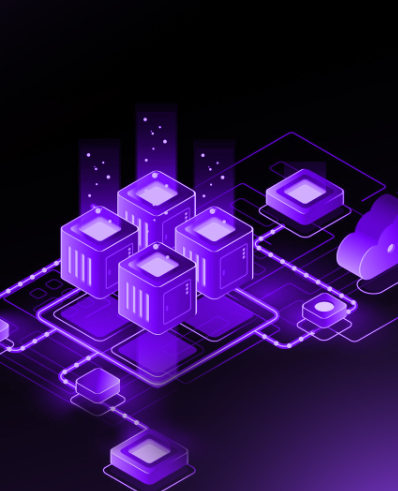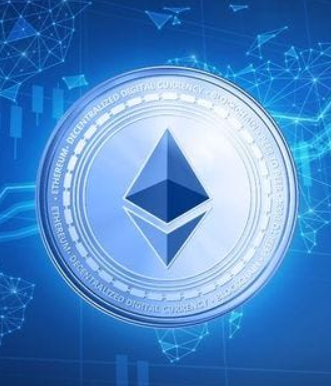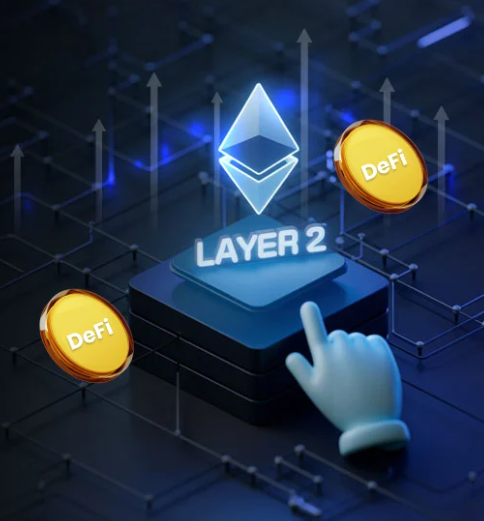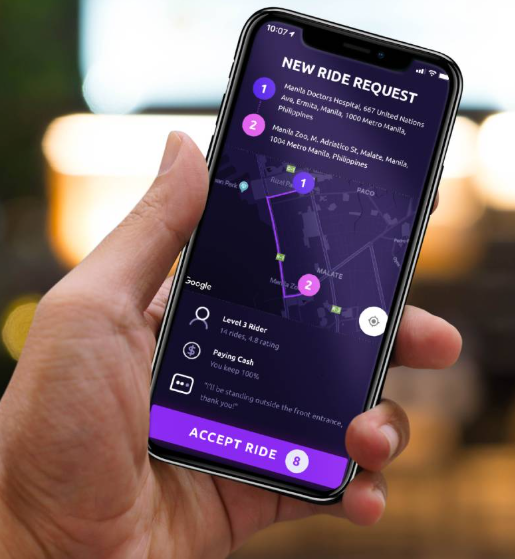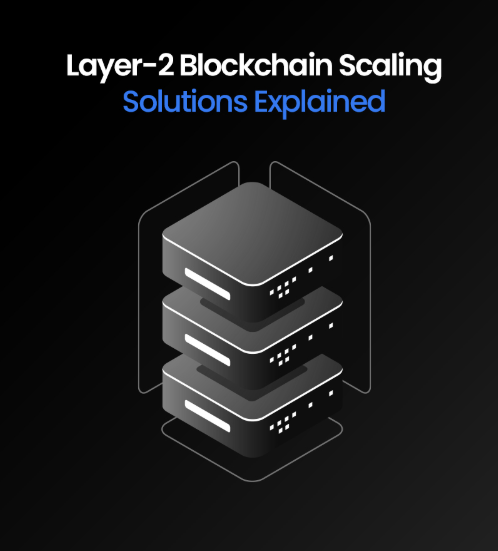
The increasing adoption of decentralized applications (DApps), NFTs, and DeFi has put significant pressure on blockchain networks, especially Ethereum. While Ethereum’s Layer 1 provides security and decentralization, it struggles with scalability issues and high transaction fees, especially during times of heavy network congestion. Layer 2 solutions offer promising off-chain technologies to solve these problems, making blockchain transactions more efficient, scalable, and cost-effective.
In this blog, we’ll break down the mechanics of Layer 2 solutions, focusing on technologies like rollups and sidechains. We’ll compare different Layer 2 types such as Optimistic Rollups and ZK-Rollups and look at real-world applications that are reshaping the blockchain ecosystem.
What Are Layer 2 Solutions?
Layer 2 solutions are protocols built on top of existing Layer 1 blockchains (such as Ethereum) that aim to reduce the load on the main chain. By processing transactions off-chain and only occasionally interacting with the main blockchain, these solutions significantly enhance transaction speeds and reduce fees. They help achieve scalability by increasing throughput while maintaining the security and decentralization features of the Layer 1 network.
Key Layer 2 Technologies
- Rollups
Rollups process transactions off-chain and then “roll up” or batch them into a single transaction that is recorded on the main blockchain. This method ensures that data is available on Layer 1, while processing is handled off-chain, improving scalability and reducing costs. There are two primary types of rollups:- Optimistic Rollups
- Zero-Knowledge (ZK) Rollups
- Sidechains
Sidechains run parallel to the main blockchain. While they operate independently with their own consensus mechanisms, sidechains are compatible with the main chain (e.g., Ethereum). They provide scalability benefits but don’t always offer the same level of security as rollups since they rely on their own validators rather than the main chain’s security protocols.
Benefits of Layer 2 Solutions
- Increased Scalability
Layer 2 solutions alleviate the burden on the main blockchain by processing transactions off-chain. For example, Ethereum can handle 15-30 transactions per second (TPS) on Layer 1, but Layer 2 technologies can push this number to thousands of TPS. Optimistic Rollups can increase Ethereum’s capacity to over 1,000 TPS, while ZK-Rollups can potentially handle even more, allowing networks to scale without compromising decentralization. - Lower Transaction Costs
By batching multiple transactions into one, Layer 2 solutions spread transaction costs across all bundled transactions. This results in significantly lower fees. For example, a transaction on Ethereum’s mainnet can be expensive, but using a Layer 2 solution can dramatically reduce the cost of sending Ether or interacting with DApps. - Better User Experience
With faster transactions and lower fees, Layer 2 solutions improve the user experience for DApps, particularly those that require quick transaction finality, such as trading platforms, NFT marketplaces, and gaming applications.
Comparing Layer 2 Solutions
Let’s take a closer look at two of the most well-known Layer 2 solutions: Optimistic Rollups and ZK-Rollups.
- Optimistic Rollups
- Mechanism: Optimistic Rollups assume transactions are valid and only run computations if a fraud challenge occurs.
- Latency: They can have longer transaction finality times due to the challenge period for fraud proofs.
- Cost and Complexity: Less computationally intensive than ZK-Rollups, making them simpler to implement but slower.
- Best Use Cases: Optimistic Rollups are suitable for applications that need high throughput but can tolerate some latency, such as decentralized finance (DeFi) platforms.
- Examples: Arbitrum and Optimism are leading platforms utilizing Optimistic Rollups.
- Zero-Knowledge (ZK) Rollups
- Mechanism: ZK-Rollups use zero-knowledge proofs to verify transactions off-chain and then send a summary to the main chain.
- Latency: ZK-Rollups offer faster transaction finality because there is no waiting period for fraud challenges.
- Cost and Complexity: ZK-Rollups are more computationally intensive but generally cheaper per transaction compared to Optimistic Rollups.
- Best Use Cases: ZK-Rollups are ideal for high-speed applications where fast transaction finality is essential, such as payment channels.
- Examples: zkSync and StarkWare are popular implementations of ZK-Rollups.
Real-World Implementations of Layer 2 Solutions
Several Layer 2 solutions are already making a tangible impact in the blockchain ecosystem:
- Arbitrum (Optimistic Rollup)
Arbitrum scales Ethereum by reducing gas fees and increasing transaction speeds. It is compatible with existing Ethereum-based DApps, allowing developers to deploy them with minimal adjustments. Major DeFi platforms, including Uniswap and SushiSwap, have integrated with Arbitrum to provide users with more affordable transactions. - Optimism (Optimistic Rollup)
Optimism, another Optimistic Rollup solution, focuses on user-friendliness and smooth compatibility with Ethereum’s Layer 1. It has partnered with projects like Synthetix and Chainlink, making it easier for Ethereum-based DApps to migrate to Optimism and benefit from reduced transaction costs. - zkSync (ZK-Rollup)
zkSync is a ZK-Rollup solution designed to provide faster payments and lower fees. It is especially popular among NFT marketplaces and gaming platforms, offering a smooth user experience with quick and inexpensive transactions. - Polygon (Sidechain)
Polygon, formerly known as Matic Network, operates as a sidechain to Ethereum. Its high throughput and low fees make it a popular choice for DeFi protocols and NFT marketplaces. By using Polygon, developers can avoid the high costs of Ethereum’s mainnet while still benefiting from Ethereum’s security and interoperability.
Key Takeaways and the Future of Layer 2 Solutions
Layer 2 solutions are essential for scaling blockchain networks and enabling decentralized applications (DApps) to grow and thrive. Here are some key points to consider:
- Rollups vs. Sidechains: While both rollups (Optimistic and ZK-Rollups) and sidechains offer scalability, rollups provide greater security and integration with the main blockchain. Sidechains, like Polygon, offer scalability but with different security properties, making them suitable for specific use cases that don’t require as tight integration with the main chain.
- User Choice and Trade-Offs: Each Layer 2 solution comes with its own trade-offs. ZK-Rollups provide faster transaction finality but are more complex and expensive to develop. Optimistic Rollups are easier to implement but may involve some latency.
- Expanding Ecosystem: Layer 2 solutions are helping Ethereum overcome its scalability issues, and as these technologies continue to evolve, adoption will increase. With better user experiences and enhanced security, Layer 2 solutions will play a critical role in blockchain’s future.
- Emerging Standards: As Ethereum 2.0 continues to roll out and other blockchain networks adopt Layer 2 technologies, the industry is working on interoperability standards to ensure seamless movement of assets and data between Layer 1 and Layer 2 networks.
Conclusion
Layer 2 solutions are crucial for the future of blockchain technology, offering scalable, cost-effective, and user-friendly alternatives to traditional Layer 1 networks. With rollups and sidechains already improving transaction speed and reducing fees, Layer 2 technologies are reshaping how blockchain networks operate. As the technology continues to evolve, we can expect more widespread adoption, driving blockchain to become more efficient and accessible for everyone.









